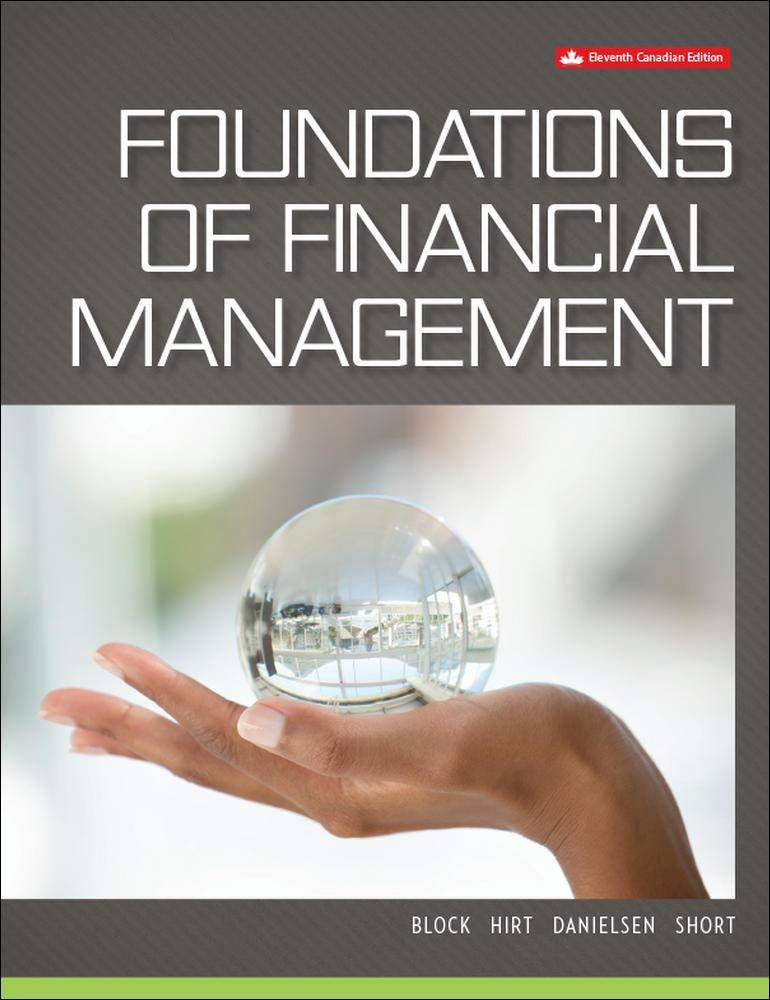Question
1.If the net present value (NPV) is positive when an investment is discounted at 12%, we know that the internal rate of return (IRR) is:
- 1.If the net present value (NPV) is positive when an investment is discounted at 12%, we know that the internal rate of return (IRR) is:
- Less than 12%
- Equal to 12%
- Greater than 12%
- Greater than 0%
2.A ________ budget is prepared at the beginning of a planning period.
3.If money is used for one investment, it is no longer available for other uses, so a/an _____________ cost arises.
4.What is the present value of a perpetuity (an annuity that lasts forever)? Assume payment is equal to $100 and I is equal to 10%.
5.Which of the following statements is true?
a. If the NPV is less than $0, the discount rate was equal to the internal rate of return
b. If the NPV is equal to 0, the discount rate was less than the internal rate of return
c. If the NPV is equal to 0, the discount rate was greater than the Internal rate of Return.
d. None of the above
6.When an investor holds a portfolio of investments, the portfolio is in effect a stand alone investment, so the riskiness of the portfolio is measured by _______________________________________.
7.What is the Effective Annual Rate?
8.Which of the following is true about an amortization schedule?
a. Annual interest payments increase over time
b. Annual principal payments increase over time
c. Annual interest and principal payments stay constant over time
d. None of the above
9.The risk of a portfolio _________ as more investments are randomly added
10.What is an annuity?
11.My budget for next year is based on last year's budget, plus ten percent. This is based on the zero-based budgeting method. True or False
12. What does the beta coefficient measure?
13.In your own words, explain budgeting.
14.How can an understanding of the gambler's fallacy help decision makers?
15.What is an annuity that lasts forever (has no maturity date).
16.What is the effective annual rate, with a nominal annual rate of 10%, compounded monthly?
17.What is the present value of an ordinary annuity of $500, paid annually, for 10 years, discounted at 12%?
18.Explain the difference between diversified risk versus portfolio risk.
19.Explain corporate risk.
20.Explain market risk.
Step by Step Solution
There are 3 Steps involved in it
Step: 1

Get Instant Access to Expert-Tailored Solutions
See step-by-step solutions with expert insights and AI powered tools for academic success
Step: 2

Step: 3

Ace Your Homework with AI
Get the answers you need in no time with our AI-driven, step-by-step assistance
Get Started


